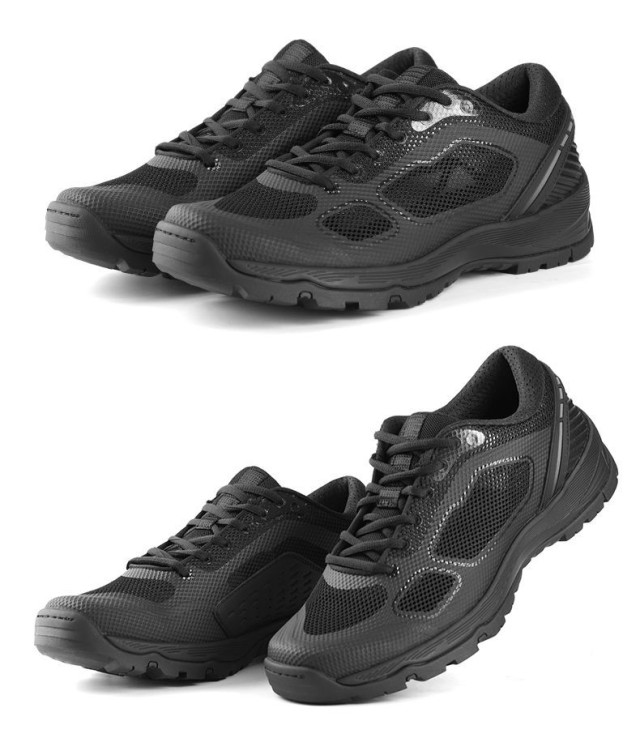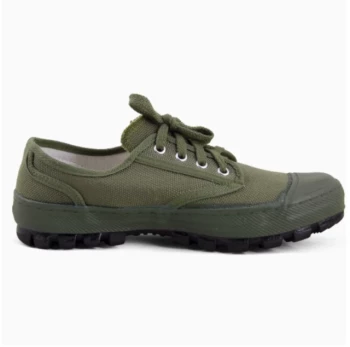Walking seems simple—until foot pain strikes. The right shoes don’t just cushion your steps; they actively support your unique biomechanics. Here’s how to select footwear that aligns with foot physiology, backed by podiatry principles.
How Foot Anatomy Dictates Shoe Requirements
Your feet aren’t flat platforms. They’re dynamic structures with 26 bones, 33 joints, and over 100 muscles/tendons working in sync. Shoes must accommodate three critical zones:
-
Forefoot Flexibility
- The ball of your foot bends up to 50 degrees during push-off. Stiff soles restrict this motion, straining plantar fascia.
- Test: Try twisting the shoe’s front third. It should yield easily sideways but resist upward bends.
-
Arch Support Types
- High arches need cushioned shock absorption (look for "neutral" shoes).
- Flat feet require structured arch support (labeled "stability" or "motion control").
-
Heel Counter Rigidity
- A firm heel cup prevents excessive inward rolling (overpronation), reducing knee/hip stress.
- Podiatrist trick: Squeeze the shoe’s back collar. It shouldn’t collapse under moderate pressure.
Why Sock Choice Impacts Shoe Performance
Socks aren’t mere liners—they’re moisture-managing interfaces affecting fit and friction:
-
Material Matters:
- Blisters peak with cotton (retains sweat). Merino wool or synthetic blends wick moisture.
- Seamless toe designs prevent rubbing at pressure points.
-
Thickness Adjustments:
- Thin socks for wide feet (avoid crowding toe box).
- Padded versions if shoes run slightly large (fill gaps without tightening laces excessively).
The Biomechanics of Shoe Flexibility and Heel Design
Flexibility: Not Just About Bending
- Ideal Flex Points: Shoes should bend only at the metatarsal joints (where toes meet the foot). Flexing too far back forces muscles to overwork.
- Test: Place the shoe on a table. Only the front 40% should extend past the edge when pressed down.
Heel Geometry’s Hidden Role
- Ramp Angle: A heel-to-toe drop of 6–8mm (common in walking shoes) aligns with natural gait. Zero-drop styles demand calf muscle adaptation.
- Flared Heels: Wider rear bases improve stability, especially for uneven terrain walkers.
How to Test Shoes Like a Podiatrist
-
Timing Matters
- Feet swell 5–8% by afternoon. Shop late-day and ensure a thumb’s width of space at the longest toe.
-
Simulate Walking
- Walk on hard surfaces (not just carpet) to detect sole responsiveness. Listen for stiff "clomping" sounds—a red flag for poor shock absorption.
-
Orthotic Compatibility
- Remove the insole and place your custom orthotic. The shoe should close securely without bulging.
Step into Science-Backed Comfort
3515’s footwear solutions blend biomechanical precision with manufacturing excellence, offering distributors and brands bulk access to shoes engineered for real-world physiology. Let’s collaborate to deliver steps that feel as good as they look.
Key Takeaways:
- Match shoe flexibility to your foot’s natural bend points
- Heel counters should resist collapse; toe boxes allow splay
- Sock materials alter fit—test shoes with your usual sock type
Related Products
- Wholesale Durable Camo Canvas Shoes with High-Traction Rubber Soles
- Durable High-Traction Canvas Sneakers Wholesale & Custom Manufacturing
- Wholesale Classic Leather Lace-Up Ankle Boots for Brand Manufacturing
- Durable Rubber Sole Outdoor Shoes Wholesale & Custom Manufacturing
- Durable Canvas Work Shoes with Rubber Lug Sole | Wholesale Manufacturer
Related Articles
- How Tactical Footwear Shields Delivery Workers from Job-Specific Injuries
- How Tactical Footwear Technologies Ensure Mission-Critical Reliability
- How Tactical Footwear Camouflage Works: Science, Adaptation, and Mission Success
- How Tactical Footwear Engineering Prevents Injuries in Public Safety Roles
- How to Choose Tactical Footwear That Matches Your Public Safety Role



















